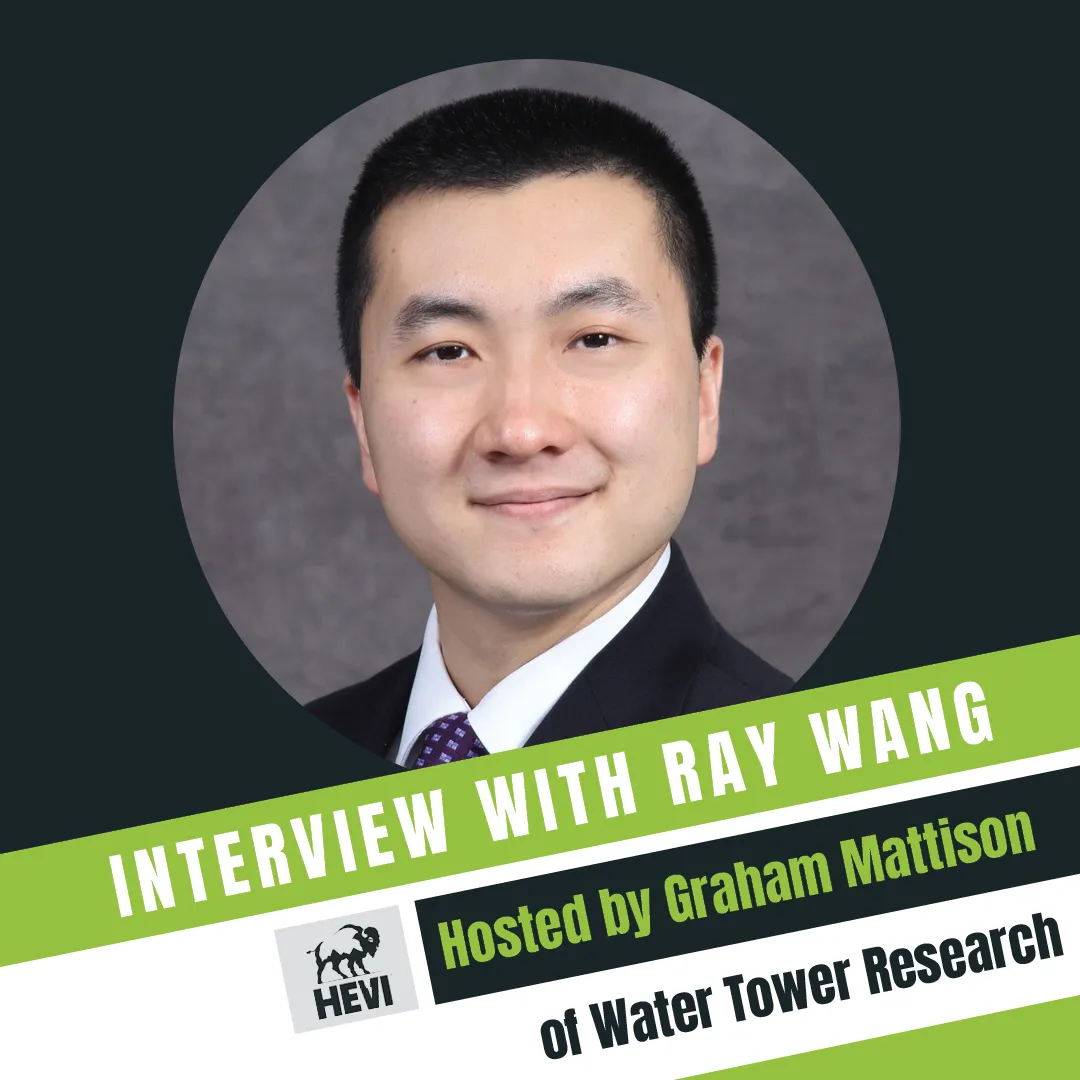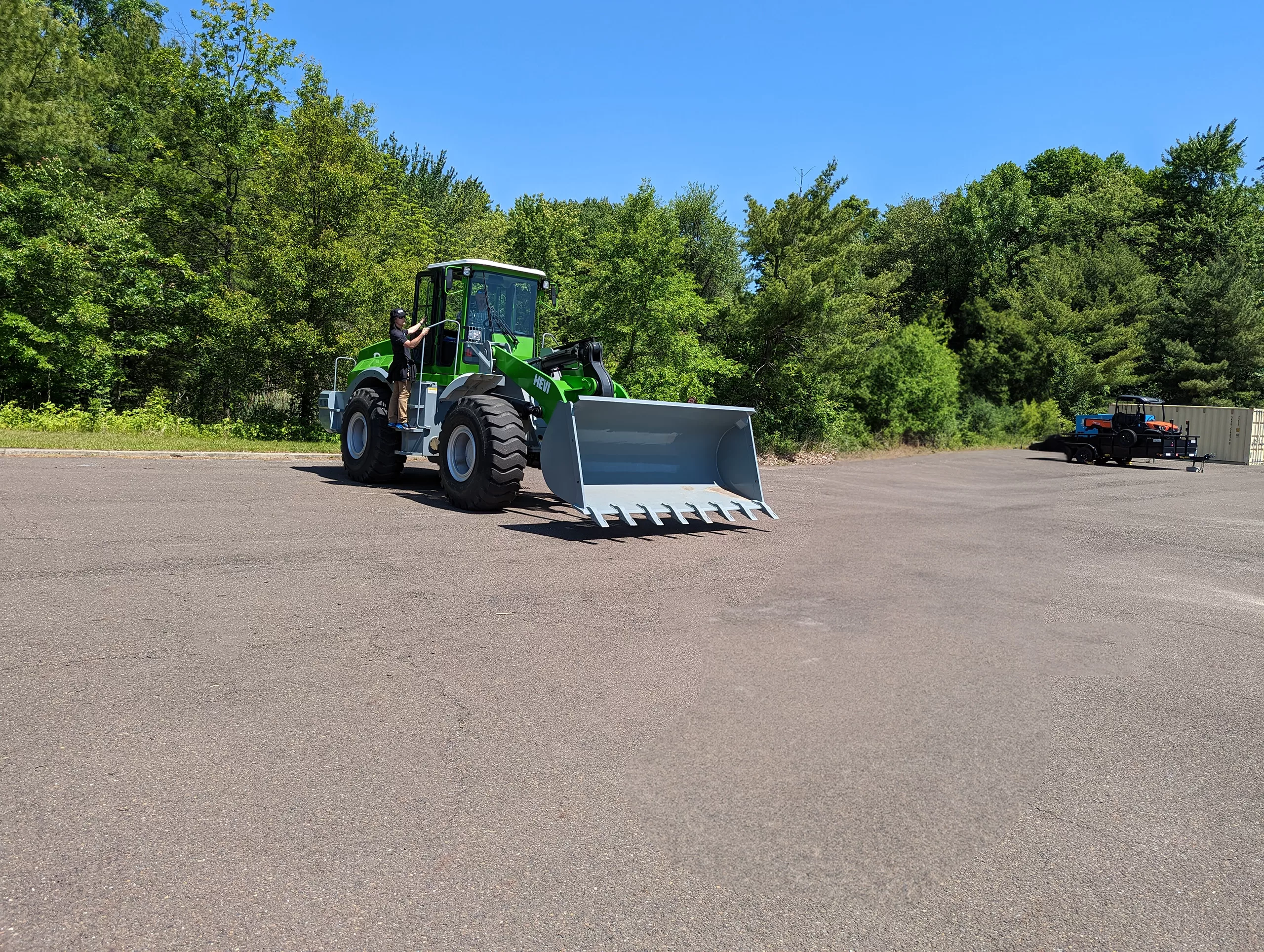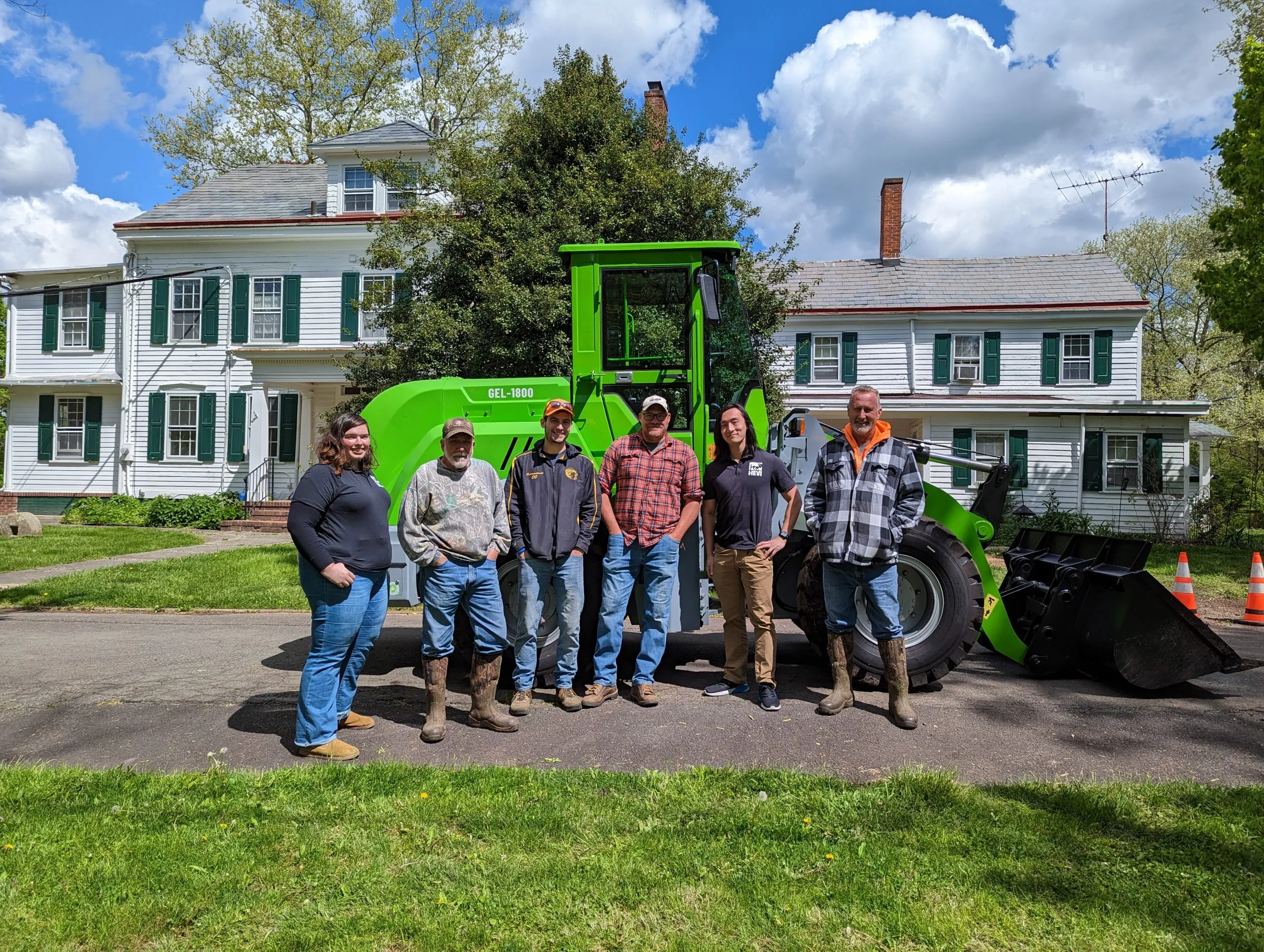Capturing Market Share: CEO Ray Wang & Water Tower Research LLC
April 24 , 2023

On Thursday, April 20th, our CEO Raymond Wang had a fireside chat with Graham Mattison of Water Tower Research to discuss the power of Greenland Technologies’ manufacturing capabilities and how HEVI, the all-electric heavy equipment division, is turning heads and gearing up to capture 3% of the market.
Check below to listen to the full broadcast.
Learn more about HEVI by following us on social media – we’re on LinkedIn, Twitter, Facebook, and Instagram.
HEVI Cyngn Fleet Management Technology
Infinitracker GPS Asset Tracking
Many companies that utilize industrial equipment such as front loaders, excavators and forklifts will operate on multiple job sites at once. As a result, it can be difficult for companies to track all of their expensive and valuable equipment. Consequently, this can lead to costly and avoidable oversight mistakes and redundant asset movements. Fortunately, GPS asset tracking solutions have become readily available and affordable to integrate into any existing fleet. These units will help you monitor your heavy equipment such as HEVI’s all electric front loaders and excavators whether they are on a remote job site or back in your depot. All HEVI electric industrial heavy equipment come equipped with the CYNGN GPS asset tracker, Infinitracker, and a 3 year subscription. The Infinitracker GPS asset tracker on all HEVI products will help companies stay safe, compliant and efficient by providing real-time equipment data, journey and location.
The Cyngn Infinitracker utilizes GPS, 5G, and LTE to track HEVI assets everywhere. Every unit comes equipped with a lithium battery that can last up to fifteen years. Built-in sensors will accurately monitor location, temperate and other equipment conditions. Best of all, the Infinitracker can track other Bluetooth-enabled IoT devices and relay the data from these devices to a cloud based central hub. Thus, companies will have the capability to customize the data to fit their needs across an endless list of applications.
Autonomous Fleet Management
More companies are exploring technology to autonomous their heavy and warehouse machinery to increase site productivity. Without a doubt, implementation of autonomy yields key benefits with immediate results. Benefits such as, increase profitability, scalability, adaptability, and safety. Early adopters of site autonomy are carving out a competitive advantage and setting new industry process standards. According to a recent report from Sapio Research, in some industries, industrial automation has been shown to increase productivity by 48%, and decrease operating costs by 42%.
Through the HEVI and Cyngn partnership, they will bring its self-driving vehicle capabilities to HEVI electric forklifts, electric loaders and electric excavators with Cyngn’s proprietary Enterprise Autonomy Suite (EAS). Integration of EAS will enable HEVI products to switch easily between fully autonomous, manual, and remotely-controlled modes. Organizations that leverage this autonomous vehicle technology also gain access to a breadth of analytics and software tools to generate operational insights and optimizations.
CYNGN

Based in Menlo Park, California, CYNGN develops and deploys scalable, differentiated autonomous vehicle technology for industrial organizations. Cyngn’s self-driving solutions allow existing workforces to increase productivity and efficiency. The Company addresses significant challenges facing industrial organizations today, such as labor shortages, costly safety incidents, and increased consumer demand for eCommerce. Their products and services include the Cyngn DriveMod Kit, the Enterprise Autonomy Suite, Cyngn Insightand Evolve and the Infinitracker. Please visit https://cyngn.com/ to learn more about Cyngn’s autonomous vehicle technologies.
HEVI
HEVI is a manufacturer of lithium powered heavy industrial equipment including electric front loaders, electric excavators and electric forklifts. The company serves the Mid-Atlantic region of the United States with facilities in New Jersey and Maryland. The company’s mission is to introduce clean and sustainable alternatives to the industrial equipment market dominated by heavy emission diesel systems.



